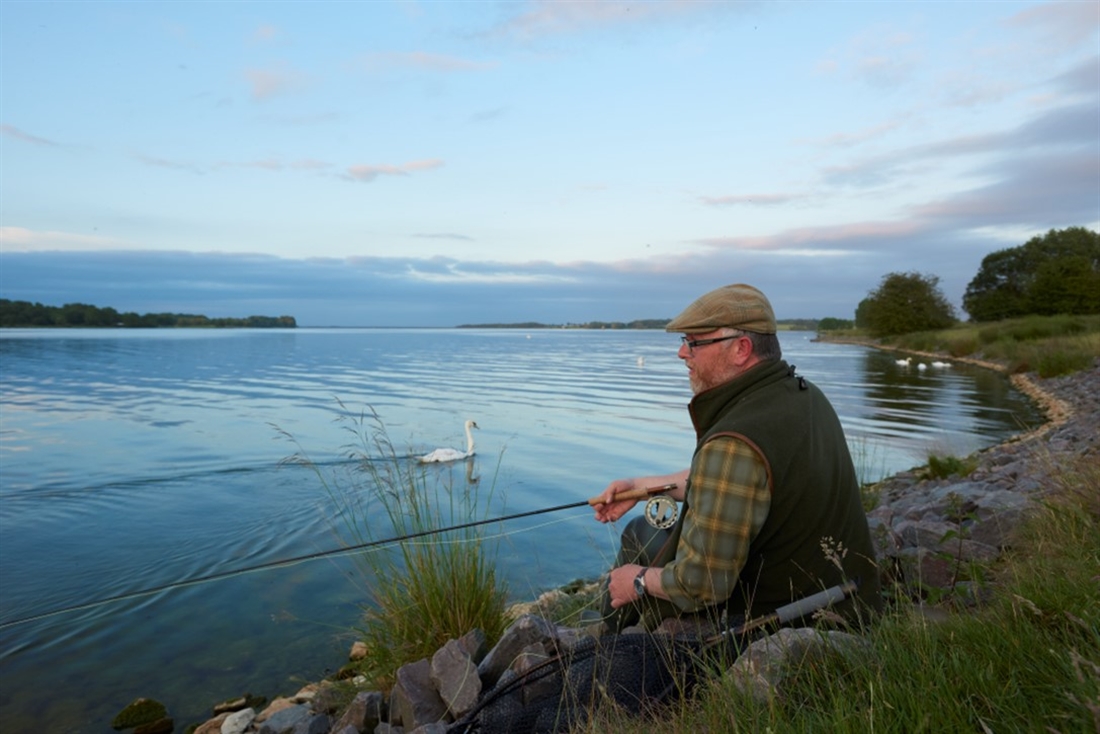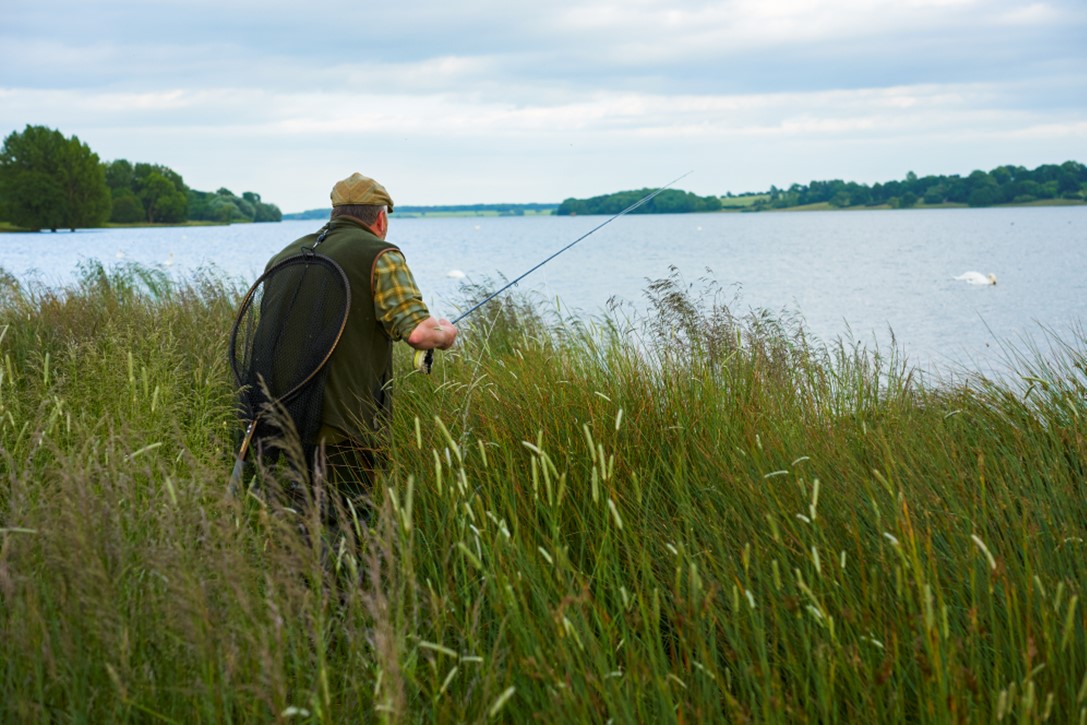Thrill of the evening rise
Try these exciting methods of catching trout on stillwaters as the sun sinks

With the start of evening fishing on stillwaters, it’s essential you use the weather to your advantage. Pick a day when the sun’s out and temperatures are between 16-25 deg C. Winds of 4mph-10mph are best for a buzzer or sedge hatch, when the fish will be more active. Most anglers will have gone home by the evening, which leaves the water undisturbed, giving you more areas to cover and with the fish more willing to feed only yards from the bank.
The washing-line method with a floating or mini-tip line is unbeatable during the last three hours of light. Stick with a simple two- or three-fly set-up. I use three flies on a 13.5ft, 8lb fluorocarbon leader (6ft to the top dropper, 3.5ft to the middle dropper and 4ft to the point). My top dropper is always a size 12 red holographic Nemo Cruncher, which loosely imitates a variety of aquatic life. On the middle is a size 12 black Diawl Bach and on the point is my orange Foam Daddy — an essential all-season pattern and the perfect suggestive washing-line point fly.
Cast within your ability to avoid tangles and the need to set up new leaders in failing light. Follow each cast with a 3ft pull to straighten the leader and cause disturbance with the Daddy. Keep kinks out of the line with a slow figure-of-eight retrieve, and then hold on to the line. Wait for the fish to find your flies, rather than making repeated casts that disturb the water in calm conditions.
If fish are continuously rising, I opt for a single dry-fly in the last hour of light. A size 12 Claret Hopper on 9ft of degreased 6lb co-polymer is my first choice. The single-fly approach allows you to make quick, accurate casts, reduces the risk of tangles, causes less disturbance and presents the fly well. The washing-line method is more deadly, but I think it’s more enjoyable to see a fish take a dry-fly.






